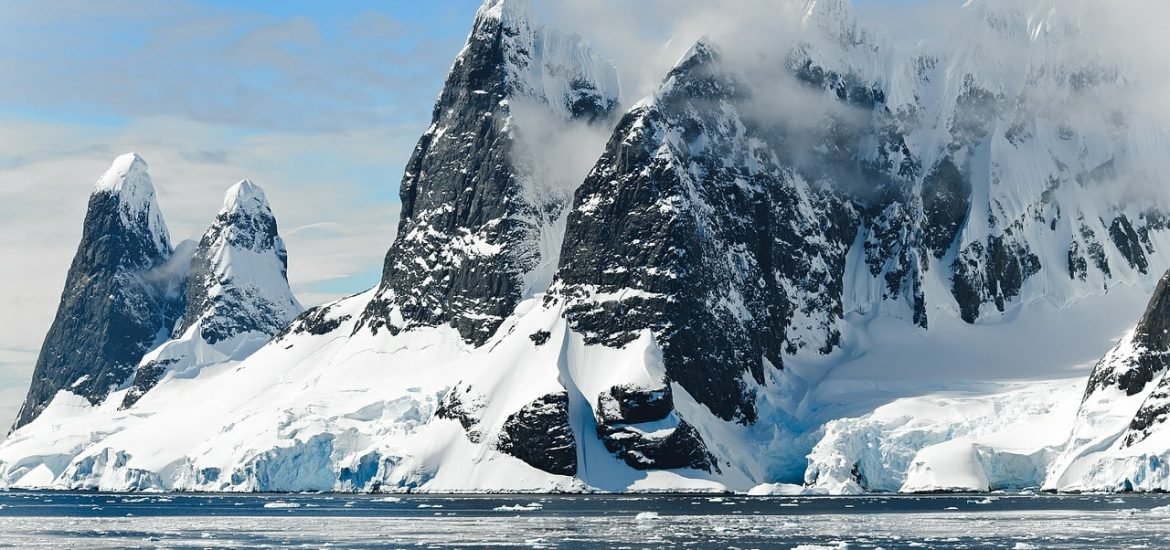
Scientists have discovered mountain ranges and enormous canyons buried under hundreds of metres of ice in Antarctica. The canyons regulate the flow of ice and could contribute to rising sea levels if Antarctica’s ice sheet thins, researchers warned.
A team of international scientists led by Northumbria University in the United Kingdom discovered the geographical features using ice-penetrating radar.
Their findings, published in the journal Geophysical Research Letters, are the first results from the PolarGAP project, which is funded by the European Space Agency (ESA). The project included the collection of extensive radar data in Antarctica to fill a gap in satellite data coverage of the South Pole.
“No one knew exactly what was there” Dr Kate Winter, from Northumbria University’s Department of Geography and Environmental Sciences, said in a statement.
The longest subglacial valley discovered, called the Foundation Trough, measures more than 35km wide and over 350km long – a length equal to the distance between London and Manchester. The other two troughs are also of impressive size. The Patuxent Trough is over 300km long and 15km wide, while the Offset Rift Basin measures 150km long and 30km wide.
“Remarkably the South Pole region is one of the least understood frontiers in the whole of Antarctica,” Dr Fausto Ferraccioli, the PolarGAP project’s principal investigator, explained in a statement. Dr Ferraccioli said the findings help scientists “understand how the East Antarctic Ice Sheet may have responded to past change and how it may do so in the future.”
“Our new aerogeophysical data will also enable new research into the geological processes that created the mountains and basins before the Antarctic ice sheet itself was born,” he said.
Scientists said the troughs could play a key role in the speed at which Antarctic ice flows to the sea, and consequently, could affect global sea level rise.
“These troughs channelise ice from the centre of the continent, taking it towards the coast,” Dr Winter, told BBC News. “Therefore, if climate conditions change in Antarctica, we might expect the ice in these troughs to flow a lot faster towards the sea. That makes them really important, and we simply didn’t know they existed before now.”
Understanding the interaction between Antarctica’s East and West Ice Sheets “is fundamental to our understanding of past, present and future global sea level,” added Dr Neil Ross, a study co-author from Newcastle University in the UK.
“The data we have gathered will enable ice sheet modellers to predict what will happen if the ice sheet thins, which will mean we can start to answer the questions we couldn’t answer before,” Dr Winter said.
The team hopes their work will lead to additional research in the little-known area. Dr Ross recommended following up on the survey with “detailed field investigations and numerical modelling of the glaciological processes operating in this frontier region of Antarctica.”
[…] New mountain ranges and canyons discovered in Antarctica The European Scientist […]
[…] New mountain ranges and canyons discovered in Antarctica The European Scientist […]